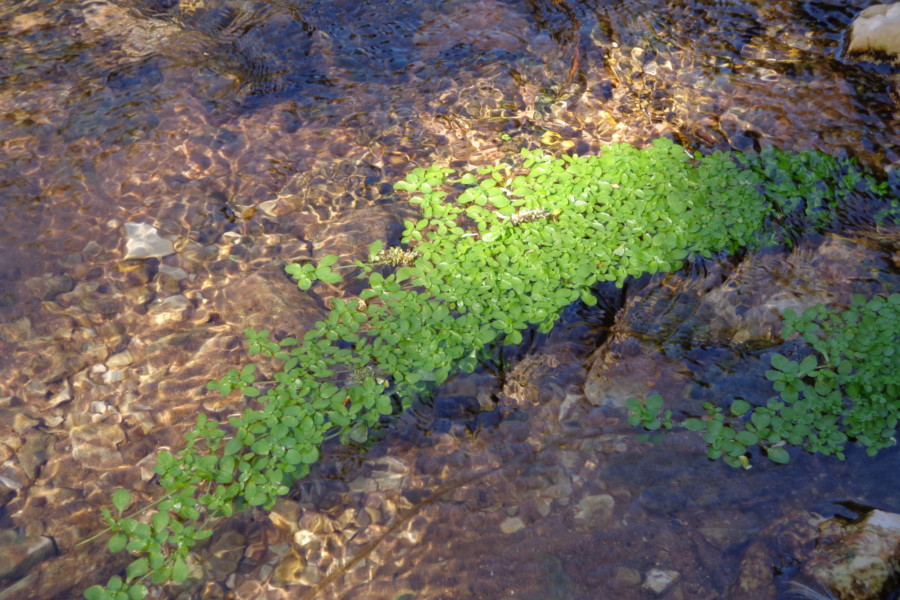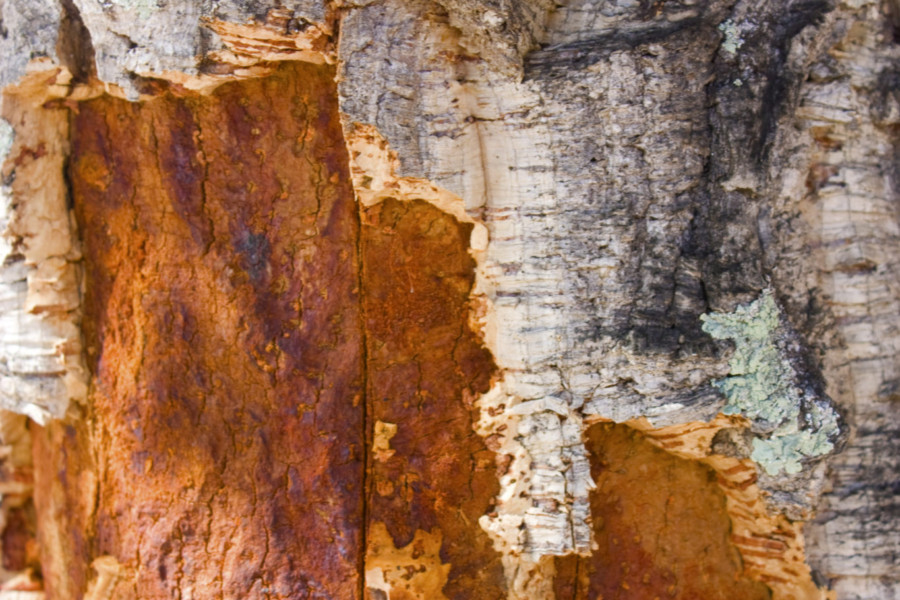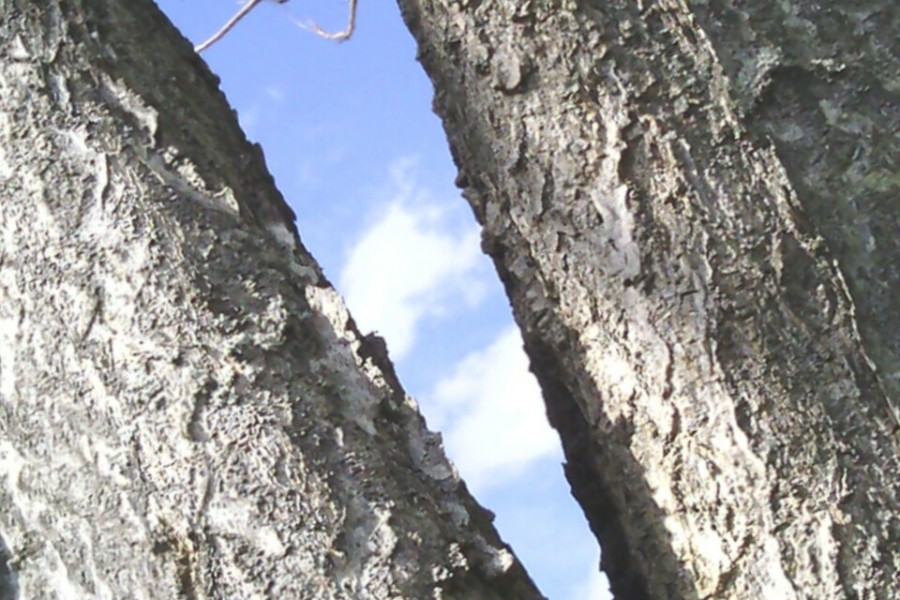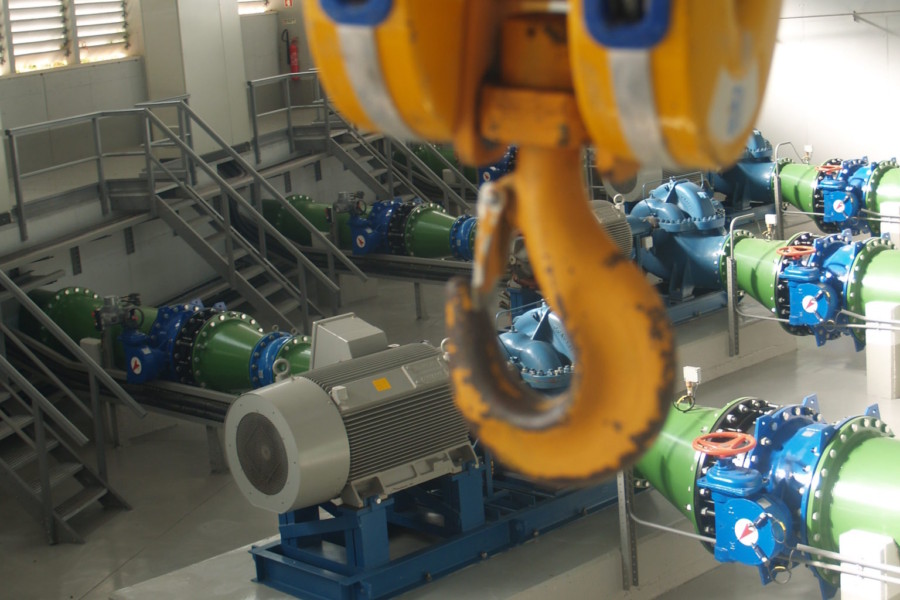
Triologia Perfeita
Esta foto tirada junto das margens do Rio Mondego e fazem referência à grandiosidade da água, flora e sol, enquanto elementos harmoniosos e perfeitos no ecossistema.

Contraste
Esta foto foi tirada no Parque Verde do Mondego, em que através da mesma podemos constatar o contraste das cores e texturas neste quadro paisagístico onde todos os elementos se incorporam. O Parque Verde do Mondego foi um projeto da autoria do Arquitecto Camilo Cortesão, enquadrado no programa Polis Coimbra, que abrange as duas margens do Rio.

Simetria Natural
Esta foto foi tirada na Escola de Hotelaria e turismo de Coimbra. A simetria na Natureza é um fenómeno único e fascinante. Remete-nos para um equilíbrio, proporção, harmonia, beleza, ordem e perfeição pelas formas vivas e inanimadas.

Tecnologia Suspensa
Foto tirada na Estação de tratamento de águas do Mondego durante a visita realizada pela nossa escola. O Subsistema de Abastecimento de Água da Boavista abastece cerca de 60% da população servida pelo Sistema Multimunicipal do Mondego-Bairrada.


You must be logged in to post a comment.